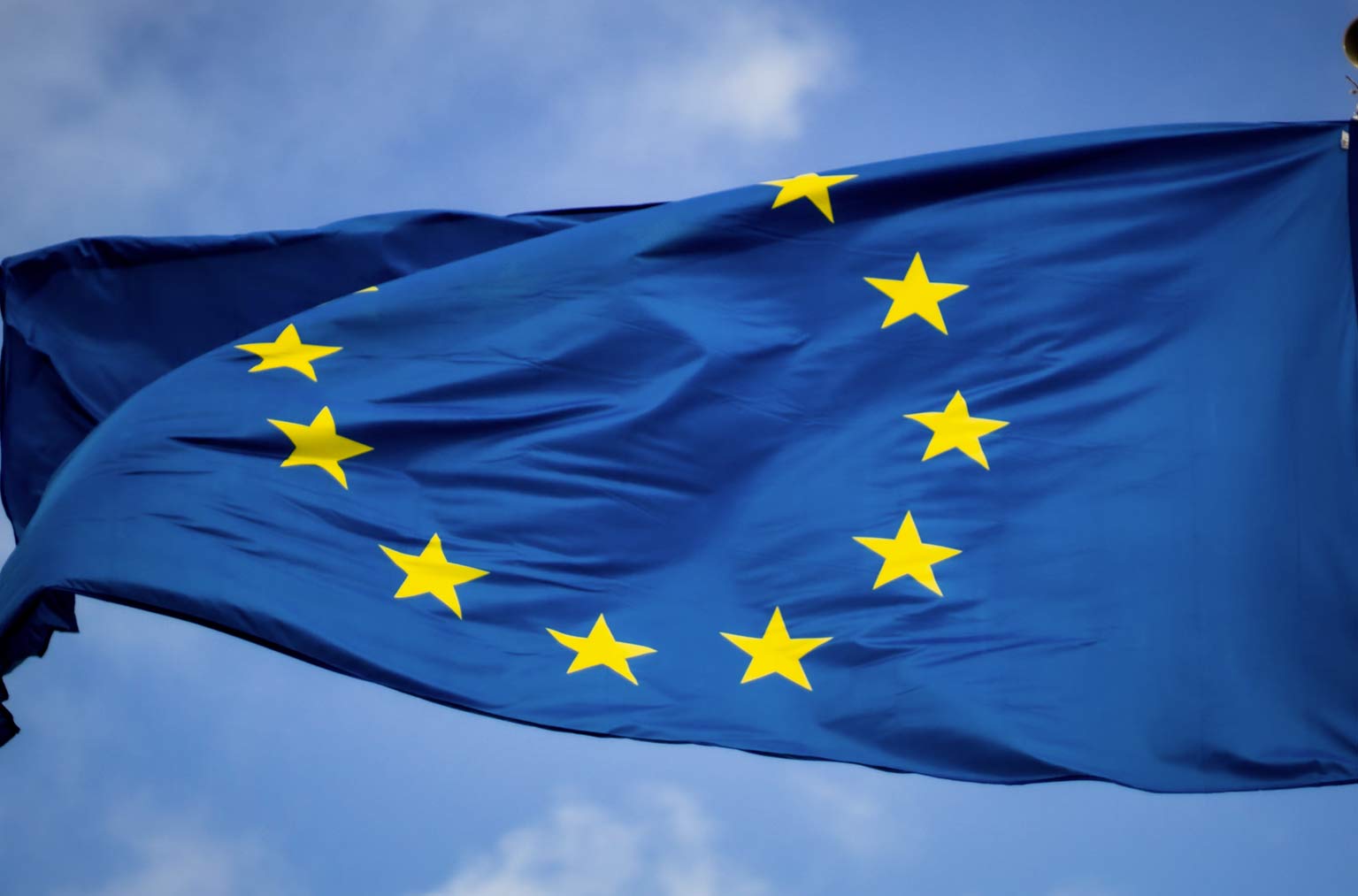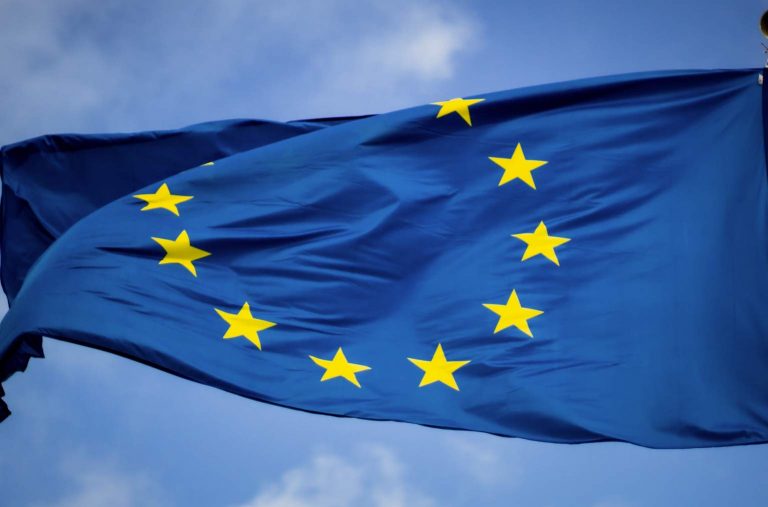
Morning Brief – A long shot
A long shot: 2/2
Whilst it should not necessarily be read as a glowing endorsement of longer-term prospects of EURUSD, the transatlantic cognitive divide that I wrote of on Tuesday should begin to moderate. The same forces that for the past couple of years have made it relatively simple to talk up the perceived outperformance of the US at the expense of Europe are likely to face a rhetorical transformation. The devastating headwinds for Europe that I highlighted on Tuesday are unlikely to persist at the pace they have. I said that markets love a comparison. Well, the Presidential election in the US may force a correction on how the importance of rates such as growth are perceived over things like the fiscal deficit. The forthcoming US election is likely to force attention to issues such as how an incoming administration will deal with a mounting debt crisis and just how sustainable is the growth and unemployment level within its star-studded labour market.
At the same time that headlines begin to focus on some of the uglier aspects of the United States’ economic outperformance, Europe has been making progress, managing more effectively overtime the supply chain headwinds that a post-covid world has delivered it. Falling wholesale energy prices, the transition into Spring/Summer and a successful switch to LNG over its former pipeline gas dependence will likely contribute to a stealthy shift in sentiment surrounding Europe when compared to the US. The consequent fall in inflation, once coupled with an interest rate cut from the US, should give the ECB the green light to cut rates and grease the wheels of the economy. There is a case, albeit not guaranteed, in this environment where growth is able to be fostered to the benefit of the Euro without undermining demand for the currency with rock bottom rates.
This transition is likely to take place at the cognitive level still. The scales are likely to tip just enough to mean that the European economy as a concept no longer springs to mind to support the view of just how much better other economies, notably the US, are performing. This transition will come at a time when European assets including the currency itself, but more importantly the stock market, equities and fixed income products, are heavily discounted. Of course, there are risks to this view but in the cycle ahead the question feels far more about to what extent Europe’s catch up to the US takes place, not whether it will occur at all.
Discussion and Analysis by Charles Porter

Related Insights

Daily Brief – Sterling
Sterling No sooner had the financial press written that Sterling was on the skids due to the Chancellor being on the way out, than PM Starmer woke up to the need for some TLC for his beleaguered Chancellor and executed a handbrake turn to administer some gruesome bedside cheer to the apparently on life support […]

Daily Brief – EU Inflation
EU Inflation With the ECB annual symposium meeting in sunny Sintra, Portugal, inflation is very much on President Lagarde’s mind ; that is because it is showing signs of rising with the monthly inflation rate showing an increase of 0.3% and that presages a break above the target 2% rate just as she and her colleagues […]

Daily Brief – Gold
Gold With Gold accounting for the second highest proportion of Central Bank reserves after the USD and the mood music shifting to it assuming a greater influence on future reserves management, it is worth looking at the numbers behind that. In the 1960s, Central Banks held the highest amount historically of 38,000 tons of gold. […]



 Humphrey Percy
Humphrey Percy